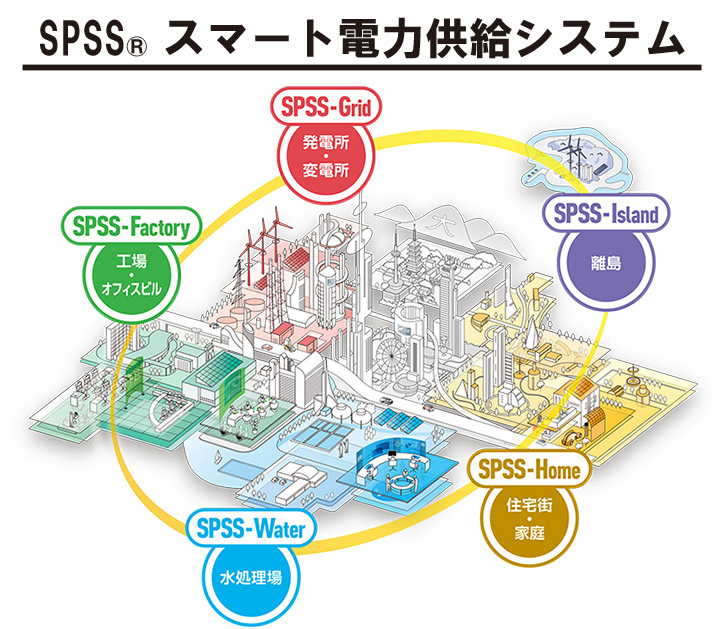Research and Development on Large-Scale Liquefied Hydrogen Storage Tank (Technology Development Project for Establishing a Hydrogen-based Society)
Toyo Kanetsu K.K.
Outline
Background of the Business
The Strategic Energy Plan established by the Ministry of Economy, Trade and Industry, and the Agency for Natural Resources and Energy states that it accelerates efforts to realize a hydrogen-based society, a society that utilizes hydrogen in daily life and industrial activities. The Basic Hydrogen Strategy also indicates the vision and action plan to be aimed at for the future of realizing a hydrogen-based society ahead of the world. In this context, the necessity of integrated efforts to build a hydrogen supply chain in order to respond to the full-scale introduction of hydrogen power generation is indicated.
The Strategic Roadmap for Hydrogen and Fuel Cells also set out the necessary specification targets for hydrogen production, CCS, storage, transportation, and utilization for the purpose of building an international hydrogen supply chain. In view of such social and economic demands, our Company will take the lead in developing the elemental technologies necessary for the construction of large-scale liquefied hydrogen storage tanks in order to fulfill the required specifications for the capacity of liquefied hydrogen storage tanks.
Description
Business Objectives
Hydrogen storage by liquefaction has good storage efficiency with high density per unit volume and weight among various storage types, and can be said to be a method capable of coping with large hydrogen demand for power plant. Almost all existing hydrogen storage tanks are spherical having a limitation in storage capacity due to its support structure, and it is considered that the supply capacity may be insufficient in hydrogen power generation. Therefore, we will develop elemental technologies necessary for the construction of a large-scale liquefied hydrogen storage tank with a flat-bottomed cylindrical vertical shape, which will enable large-capacity storage, and in the future we will be able to construct a storage tank with a capacity of 50000 m3.
Effect of Business
Developing large-scale liquefied hydrogen storage tanks, which enables power generation by single or mixed hydrogen burning, will be contributing to achieve the goal of 26% reduction of CO2 emission by FY 2030 from FY 2013 (25.4% from FY 2005), and also the long-term goal of 80% reduction of greenhouse gases by FY 2050 set by Japanese government based on the Paris Agreement.
Achievements and Future Issues
Until now, we have been studying the material properties of the inner tank as well as developing the thermal insulation structure of the roof, shell, anchor strap, and bottom of a large liquefied hydrogen storage tank with a flat-bottomed cylindrical vertical shape with the Tokyo Institute of Technology. Since FY2019, our Company has been working with Hokkaido University to develop products with high potential for marketing, while promoting R&D on the following issues: (1) Establishment of vacuum-pumping systems; (2) Establishment of methods for calculating heat input to the bottom of the inner tank; (3) Establishment of welding methods using SUS316L* welding materials (Fig. 1).
*SUS316L: Austenitic stainless steel. It is excellent in toughness in a cryogenic environment and hardly affected by hydrogen embrittlement.
Partner(s)
The Tokyo Institute of Technology
Hokkaido University
Similar Innovation Challenges
Achieving net zero carbon emissions from paint finishing processes
Taikisha Ltd.
Activities for reducing GHG of business operations in Nissin Electric Group
Nissin Electric Co., Ltd.



.jpg?id=2&tid=761&imageNumber=1)




-1人工光合成技術.jpg?id=2&tid=759&imageNumber=1)